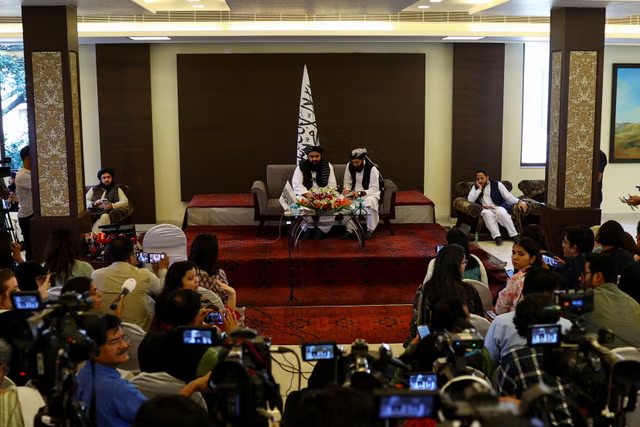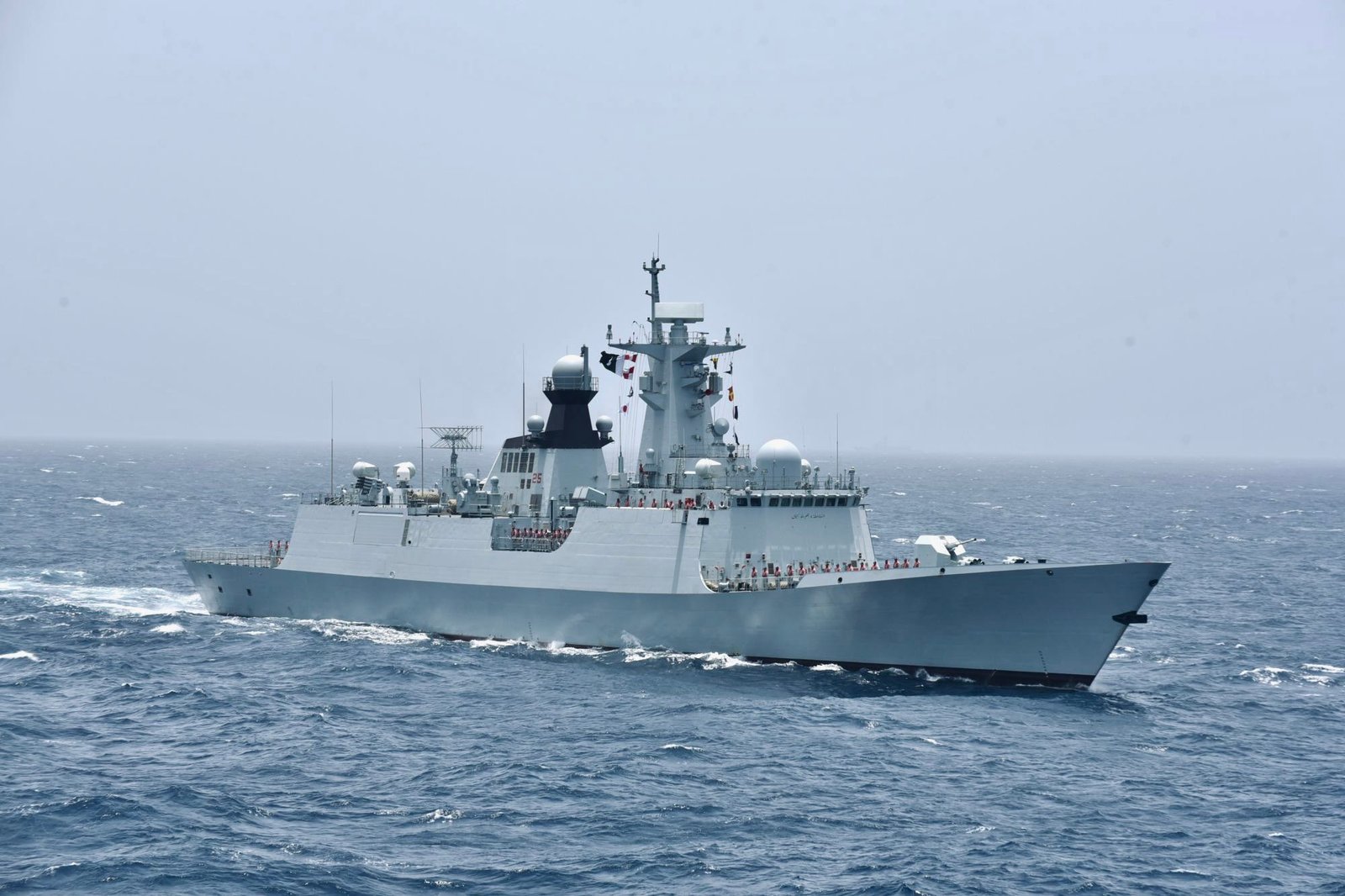NATO Nations Conduct War Drills in the Baltic Sea as Russia Closely Monitors with Deep Concern
Military tensions escalate in the Baltic Sea as NATO nations, led by the United States, have launched a massive military exercise, prompting deep concern from Russia. The drill, named "BALTOPS 2025", involves 50 warships and thousands of troops from 17 countries.
According to NATO, this is more than just a routine drill—it's a clear message of joint defense readiness in response to Russia’s growing threats. U.S. Vice Admiral J.T. Anderson stated, “BALTOPS symbolizes the strength and maritime power of our alliance.”
Russia’s Response: Military Support for ‘Ghost Fleet’ Security
In response to the drill, Russia has also increased the activity of its naval forces. Particular concern surrounds its “Shadow Fleet” or “Ghost Fleet”—a group of aging oil tankers operating under foreign flags to evade sanctions. These ships are suspected of being used not only for transporting oil but also for carrying military cargo, espionage operations, signal interception, and even cutting undersea cables.
Recently, a suspicious ship registered in the Cook Islands was detained in Finland, accused of severing a critical submarine cable on the Baltic Sea floor.
Analyst View: Ghost Fleet Powers Russia’s War Economy
Estonian defense analyst Tony Lawrence commented, “Russia’s ghost fleet has become essential to its wartime economy. That’s why countering these ships should be a NATO priority.”
He further noted, “Although Russia’s Baltic Fleet is relatively weak, it uses technology and sensors suited for shallow waters and can conceal its operations in island areas.”
Rising Risk of Conflict
The Baltic Sea is a narrow and densely populated maritime region, encompassing international waters, exclusive economic zones (EEZs), fishing grounds, commercial routes, power stations, and military activities. Even a minor misunderstanding could escalate into a serious conflict.
Analysts warn that the lack of direct communication between NATO and Russia increases this risk even further.
Small Nations Relying on the U.S.
Countries like Estonia, Latvia, and Lithuania, with relatively small naval capabilities, are relying on U.S.-led NATO drills for their defense. The participation of USS Paul Ignatius and command ship USS Mount Whitney in the exercise sends a clear message to Russia.
Russia Adapts Its Defense Strategy
Finland’s Defense Minister Antti Häkkänen has stated that Russia is no longer just observing the situation but is now deploying its own vessels to protect its ghost ships. “Russia’s moves in the narrow waters of the Gulf of Finland present a new concern for us,” Häkkänen said.










